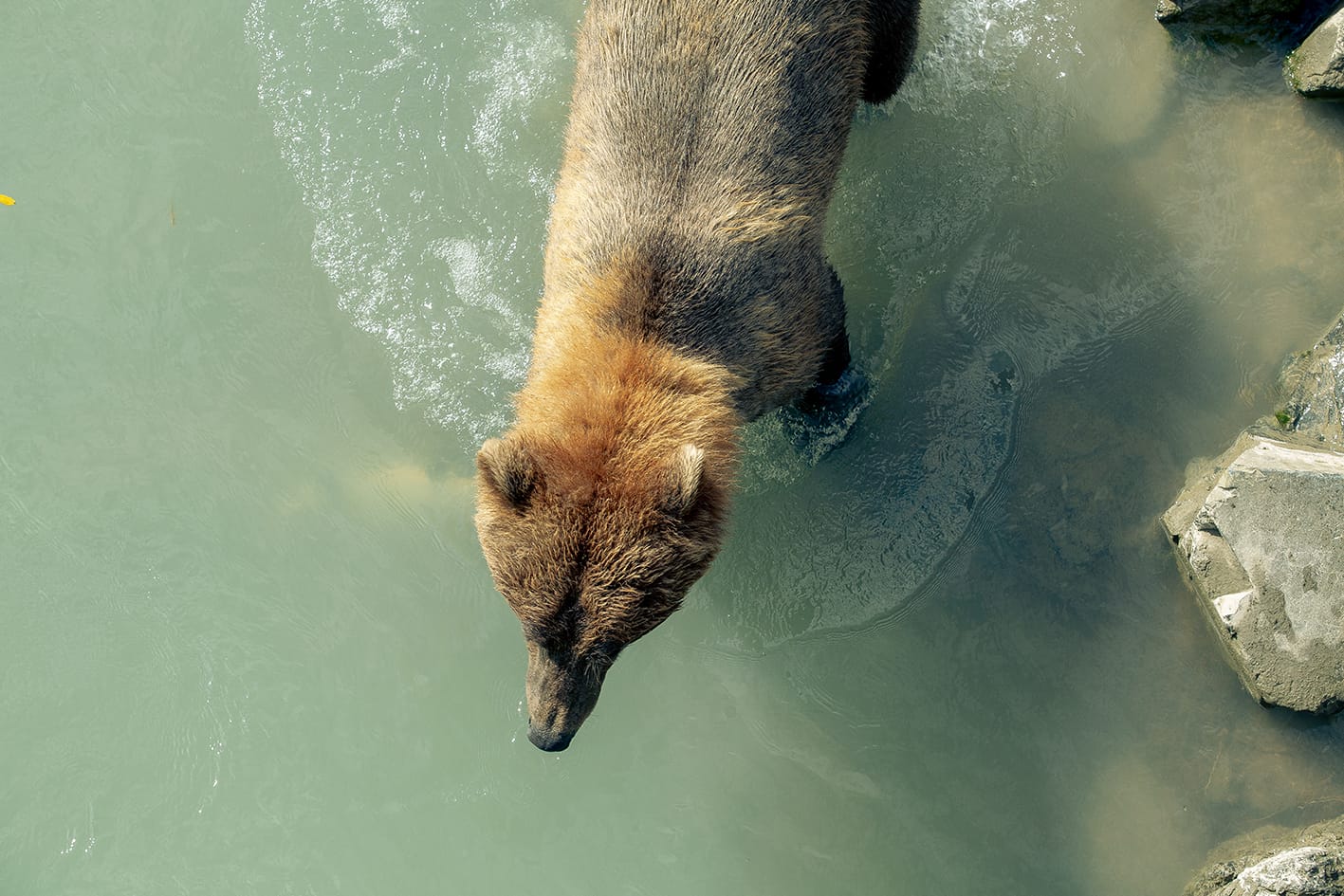Frank Hurley Timeline
Frank Hurley led a long and adventurous life and became one of the most famous Australians of his day. He was a showman, a storyteller, an adventurer and almost obsessive in his single-minded pursuit of the perfect image.
From the bloody carnage of the Passchendaele battlefield to the desert sands of the Middle East, from the frozen wastes of Antarctica to the remote valleys of Papua New Guinea, he sought out extraordinary experiences, caught them on film and brought them back for the rest of us to see. In later years, he turned his eye to the natural beauty of his homeland, to cityscapes and still lifes, along the way pioneering new technologies and inspiring a generation of photographers and filmmakers. Hurley’s iconoclasm, healthy disregard for authority and technical mastery of his craft made him a classic ‘larrikin’, the much-admired Australian character that still resonates today.
We are indebted to researcher and chronicler Karyn Bradford for this wonderfully detailed timeline of Frank Hurley’s life:

